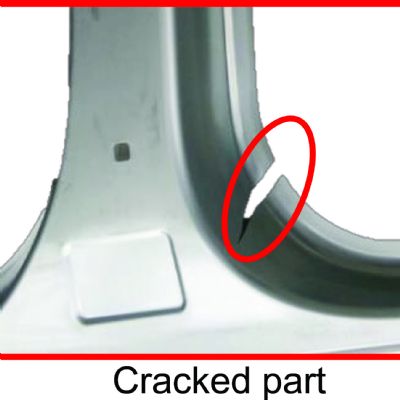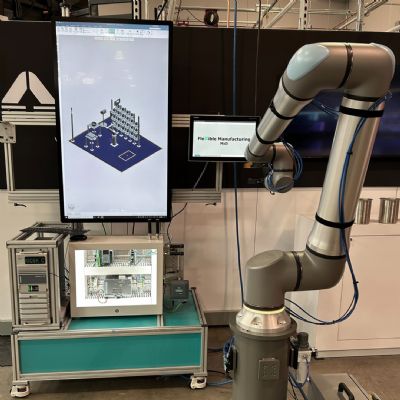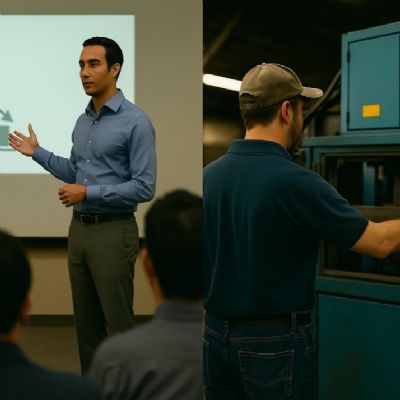We aren’t asking how we can replace human workers; we're asking:
- How can we maximize efficiency and quality?
- How can we eliminate defects?
- How can we reduce delays and downtime?
- How can we prevent or predict downtime events or defects?
Helping Operators Maintain Standards with IoT
Quality-concerned manufacturers go to great lengths to ensure that their operators are trained well with their machines and functions. But is success quantified, and does every operator know whether they run their machines or complete their tasks in the most efficient ways?
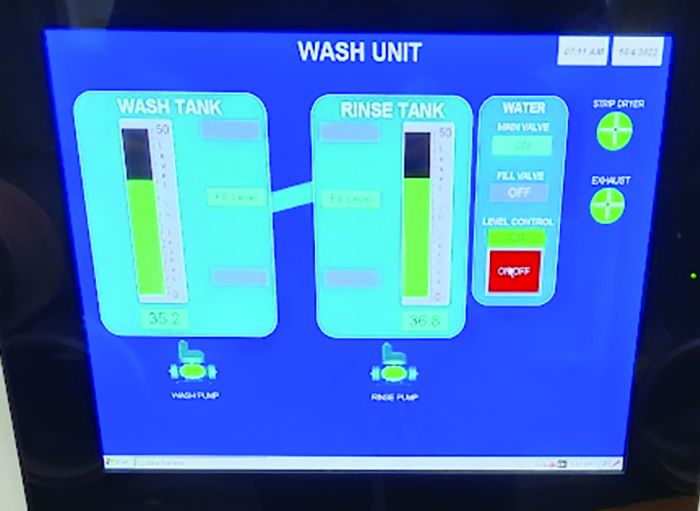 Using IoT—defined as devices connected to the Internet—allows a manufacturer to collect data that it can use to establish standard work procedures and provide operators with knowledge that can help establish and reduce process variation. This transfers all operators’ greater skill details (tribal knowledge) into a standard work format that eliminates the “black books” that each operator otherwise would have created.
Using IoT—defined as devices connected to the Internet—allows a manufacturer to collect data that it can use to establish standard work procedures and provide operators with knowledge that can help establish and reduce process variation. This transfers all operators’ greater skill details (tribal knowledge) into a standard work format that eliminates the “black books” that each operator otherwise would have created.
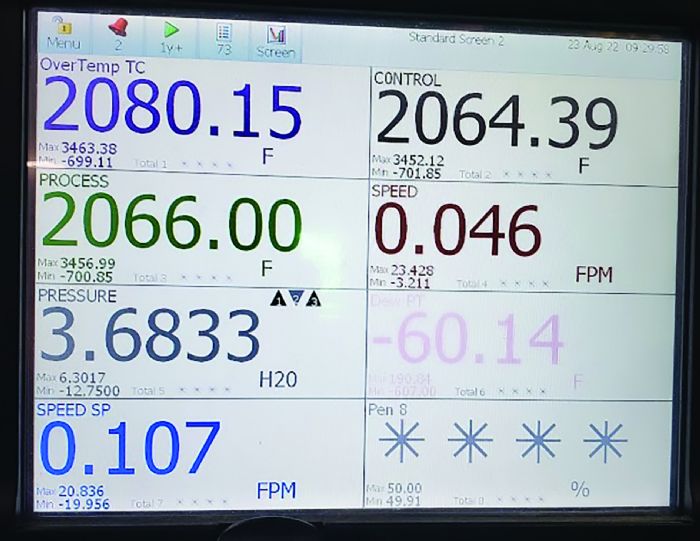 These tools provide more-predictable quality and productivity outcomes, as well as a baseline from which to launch further continuous-improvement cycles. It’s about giving operators data so that they can better understand how various parameters affect outcomes—in our case, for example, how the speed at which a machine runs affects a material’s mechanical properties. We can identify the variables that affect quality or efficiency and establish clear process steps to improve manufacturing output.
These tools provide more-predictable quality and productivity outcomes, as well as a baseline from which to launch further continuous-improvement cycles. It’s about giving operators data so that they can better understand how various parameters affect outcomes—in our case, for example, how the speed at which a machine runs affects a material’s mechanical properties. We can identify the variables that affect quality or efficiency and establish clear process steps to improve manufacturing output.
The more information that operators have, the better they can run their machines and complete their work.
Connecting Supervisors and Staff
It’s a mistake to assume that every Industry 4.0 project requires advanced technological expertise.
An impactful first step could be ensuring that all key supporting personnel on the floor have their own tablet PC. This is less about giving everyone a shiny new toy and more about ensuring that everyone has the same access to important dashboards, tools, emails and more. Digitization of the many reports and daily checklists that supervisors use each day—sent electronically—enables supervisors to spend time where their skills can better support their teams on the floor.
This is pivotal, because for data to have an organization-wide impact, it must be democratized. Arming supervisors and key staff with tablets puts the same critical information at everyone’s fingertips, improving communication, decision-making and more. Additionally, it makes it much easier for supervisors to collect certain types of information, such as an important photo of a potential safety, quality or maintenance request for service.
Simply, connecting supervisors and staff can have a transformative effect on morale and quality.
Collecting Data with a Variety of IoT Sensors
Vision systems are essentially high-resolution cameras that users can program to monitor key components of the manufacturing process. This technology can prove invaluable for locating defects and tracking exactly where a defect occurred, so that it can be eliminated.
Infrared sensors find use in unusually hot or cold environments, to closely monitor any temperature fluctuations that may affect quality. The same is true for monitoring pressures and flows, vibration, and critical water or oil levels in storage tanks and gearboxes.
Putting Data to Work with Predictive Analysis
By using Internet-connected devices during the last 2 yr., Ulbrich has collected more than 1 billion data records. However, collecting data is only half of the battle. The next step is to analyze that data and use it to help solve problems. With the right predictive-analysis tools and technologies, you even can begin to prevent issues from occurring in the future.
For example, when analyzing data from a machine, you might notice that a certain parameter has begun to gradually trend in the wrong direction. With this early warning you can undertake root-cause analysis and determine whether repairs are needed. This allows you to identify issues and perform preventive maintenance to correct issues that otherwise might have flown under the radar.
Taking it a step further, with the right gauges, sensors and software-analysis tools, you can determine maintenance intervals and replace components even before parameters move out of spec. This saves time and money and maximizes the efficiency of the entire plant.
Training and Assisting Operators with Augmented Reality
Once the stuff of science fiction and only used by blade runners and terminators, advances in augmented-reality (AR) technology have unlocked use cases for manufacturers. Using AR goggles, for example, experienced operators and supervisors can create training videos that help teach new team members how to use machinery. For visual or tactile learners, this could help them learn much faster than any printed training manual.
Beyond maximizing training efficiency, shops also can use AR to provide remote help. Regardless of how well an operator is trained, sometimes issues arise that require the assistance of an engineer or experienced technician. Real-time remote help from the right subject-matter expert, supported by AR, can quicken the process of returning a machine to service that otherwise may have taken several shifts to repair.
We see AR as a tool with incredible potential for maximizing knowledge transfer and enabling remote service, to keep manufacturing plants operating at their best.
A Bright Future for Industry 4.0
The future of Industry 4.0 increasingly will be led by AI-based decision making. AI software continues to improve at synthesizing information and drawing conclusions from data. This means that we can expect improved predictive capabilities, enabling manufacturers to become better at preventing premature machine failures.
Technology also should become more flexible and adaptable to current problems facing manufacturers. And, we expect the development of new software to address issues such as lead times, skilled-labor shortages and other critical challenges.
From reducing machinery downtime to improving operator safety, improving product quality and boosting workplace morale, the benefits of industry 4.0 technologies are innumerable. Collectively they allow manufacturers to better serve their customers. The more sensors used the more visibility gained into the processes used on the floor, enabling manufacturers to take timely actions to identify and eliminate quality problems and to safely increase process effectiveness using lean manufacturing continuous improvement. It’s all about delivering to customers the highest-quality product, on time and every time. MF
See also: Ulbrich Stainless Steels & Special Metals Inc.
Technologies: Sensing/Electronics/IOT
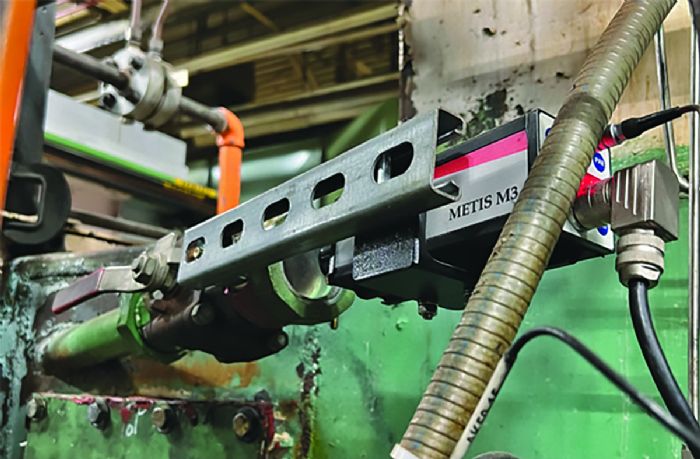 While discussions of such technologies can sometimes feel future-focused, here at Ulbrich we've had great success incorporating these 21st-century innovations into our organization. Our rolling and annealing processes are highly sophisticated and now equipped with many Internet of Things (IoT) sensors. From these devices we gather a lot of data, providing the visibility needed to reduce process variability and to identify and reduce waste using our lean approach toward continuous improvement.
While discussions of such technologies can sometimes feel future-focused, here at Ulbrich we've had great success incorporating these 21st-century innovations into our organization. Our rolling and annealing processes are highly sophisticated and now equipped with many Internet of Things (IoT) sensors. From these devices we gather a lot of data, providing the visibility needed to reduce process variability and to identify and reduce waste using our lean approach toward continuous improvement. 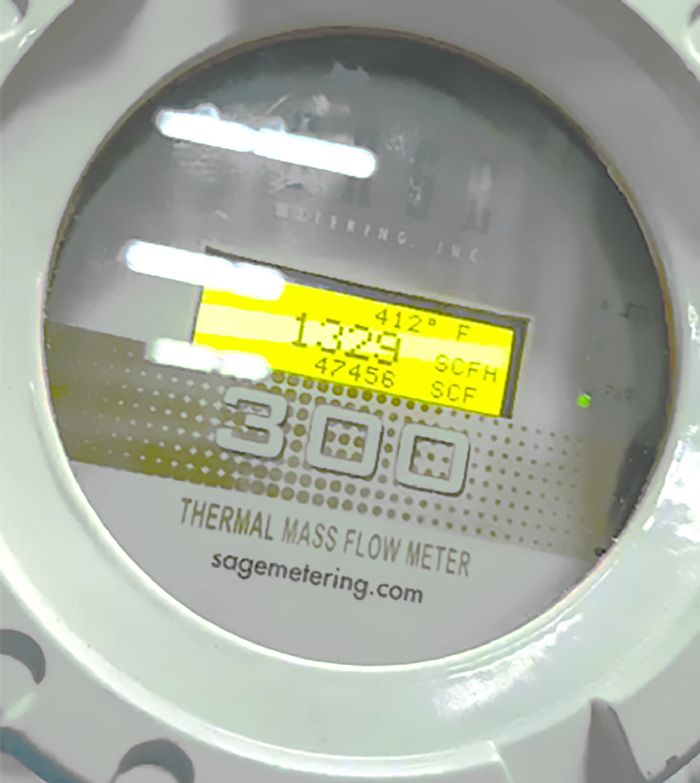 With this article, we want to share some tools, technologies and techniques that can help improve preventive maintenance, product quality, team communication and more. Whether you’re new to industry 4.0 technologies or an experienced practitioner, we hope to inspire additional manufacturing innovation in your facilities.
With this article, we want to share some tools, technologies and techniques that can help improve preventive maintenance, product quality, team communication and more. Whether you’re new to industry 4.0 technologies or an experienced practitioner, we hope to inspire additional manufacturing innovation in your facilities. 







 Using IoT—defined as devices connected to the Internet—allows a manufacturer to collect data that it can use to establish standard work procedures and provide operators with knowledge that can help establish and reduce process variation. This transfers all operators’ greater skill details (tribal knowledge) into a standard work format that eliminates the “black books” that each operator otherwise would have created.
Using IoT—defined as devices connected to the Internet—allows a manufacturer to collect data that it can use to establish standard work procedures and provide operators with knowledge that can help establish and reduce process variation. This transfers all operators’ greater skill details (tribal knowledge) into a standard work format that eliminates the “black books” that each operator otherwise would have created. These tools provide more-predictable quality and productivity outcomes, as well as a baseline from which to launch further continuous-improvement cycles. It’s about giving operators data so that they can better understand how various parameters affect outcomes—in our case, for example, how the speed at which a machine runs affects a material’s mechanical properties. We can identify the variables that affect quality or efficiency and establish clear process steps to improve manufacturing output.
These tools provide more-predictable quality and productivity outcomes, as well as a baseline from which to launch further continuous-improvement cycles. It’s about giving operators data so that they can better understand how various parameters affect outcomes—in our case, for example, how the speed at which a machine runs affects a material’s mechanical properties. We can identify the variables that affect quality or efficiency and establish clear process steps to improve manufacturing output. 